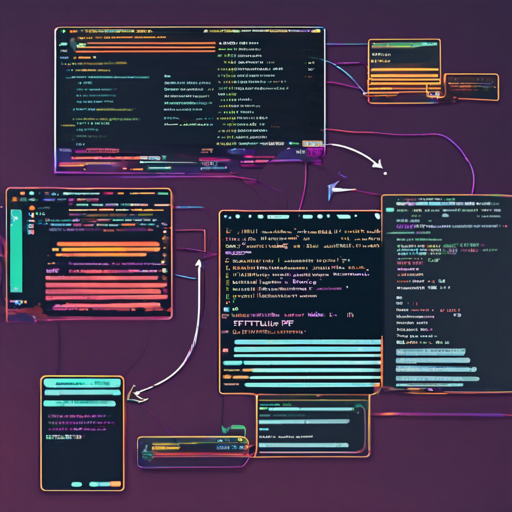WTF, or wtfutil, acts as a personal information dashboard in your terminal, providing a quick glance at important but seldom-used stats. It’s a free and open-source tool embraced by developers and tech enthusiasts globally. Let’s dive into how to install and configure it to make the most out of this powerful utility.
Installation
Getting started with WTF is straightforward. Below are the methods to install it:
- Installing via Homebrew
- Installing via MacPorts
- Installing a Binary
- Installing from Source
- Running via Docker
1. Installing via Homebrew
The simplest way to install WTF is through Homebrew:
brew install wtfutilIf you want the latest version, even if it isn’t in the official Homebrew recipes yet, you can tap the following:
brew tap wtfutil/wtfutil
brew install wtfutil2. Installing via MacPorts
For MacPorts users, you can do the following:
sudo port selfupdate
sudo port install wtfutil3. Installing a Binary
To install using a binary, download the latest binary from GitHub. Move it to a suitable location:
chmod a+x /usr/local/bin/wtfutil4. Installing from Source
For those looking to build from source, set the Go proxy and use Go modules. Here’s a quick analogy:
Think of building from source like baking a cake from scratch. You gather the ingredients (dependencies), mix them together (code), and then set it in the oven (build process). Just as baking requires attention to temperature and time, building has its own set of commands that need to be executed:
export GOPROXY=https://proxy.golang.org,direct
export GOSUMDB=off
export GO111MODULE=on
go get -u github.com/wtfutil/wtf
cd $GOPATH/src/github.com/wtfutil/wtf
make install
make run5. Running via Docker
If you prefer to use Docker, here’s what you need to do:
curl -o Dockerfile.build https://raw.githubusercontent.com/wtfutil/wtf/master/Dockerfile.build
docker build -f Dockerfile.build -t wtfutil --build-arg=version=master .
docker create --name wtf_build wtfutil
docker cp wtf_build:/usr/local/bin/wtfutil ~/.local/bin
docker rm wtf_buildCommunication
Engage with the community or get support through:
Modules
Modules enhance the functionality of WTF. You can integrate various modules by including configuration values in your config.yml file. Here are a few interesting ones to consider:
Troubleshooting
If you encounter issues during installation or have specific bugs that need fixing, remember that the project is community-driven, and your contributions can really help. You can create a bounty for essential bugs to increase the chances of getting them resolved. If you’re looking for insights or want to collaborate on AI projects, feel free to check out **[fxis.ai](https://fxis.ai)**.
At **[fxis.ai](https://fxis.ai)**, we believe that such advancements are crucial for the future of AI, as they enable more comprehensive and effective solutions. Our team is continually exploring new methodologies to push the envelope in artificial intelligence, ensuring that our clients benefit from the latest technological innovations.
Acknowledgments
The inspiration for WTF came from Monica Dinculescus’ tiny-care-terminal. It is built upon great frameworks like tcell and tview, ensuring a robust performance.

